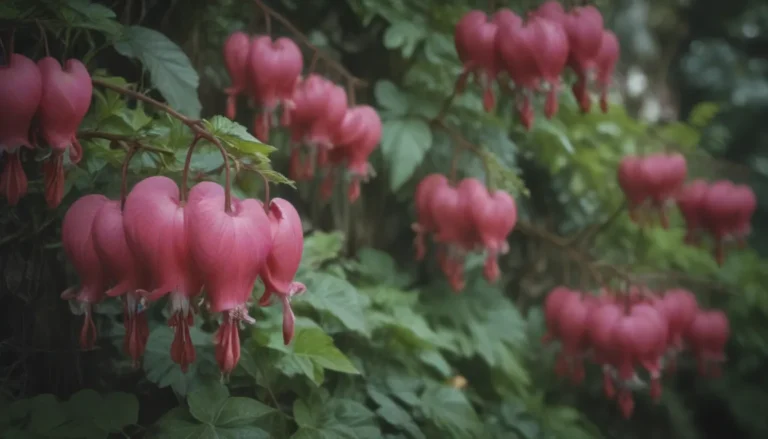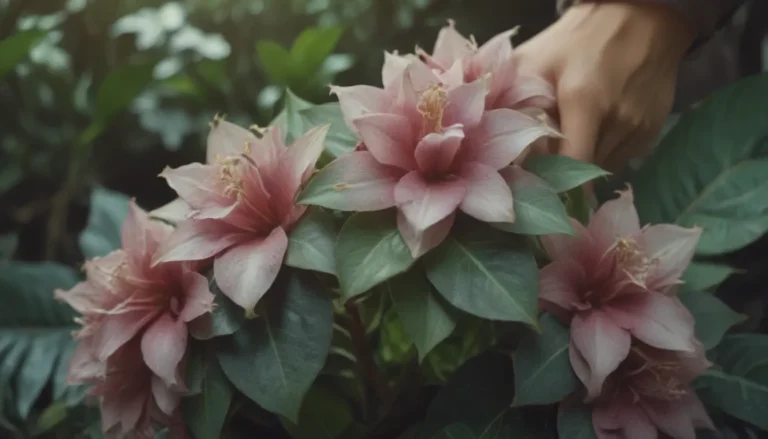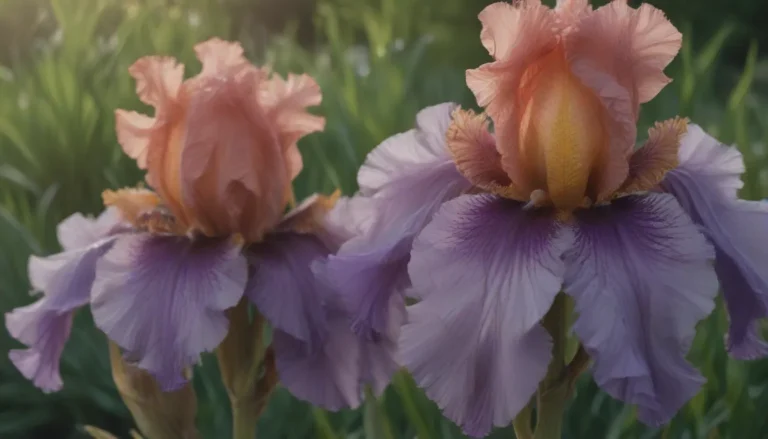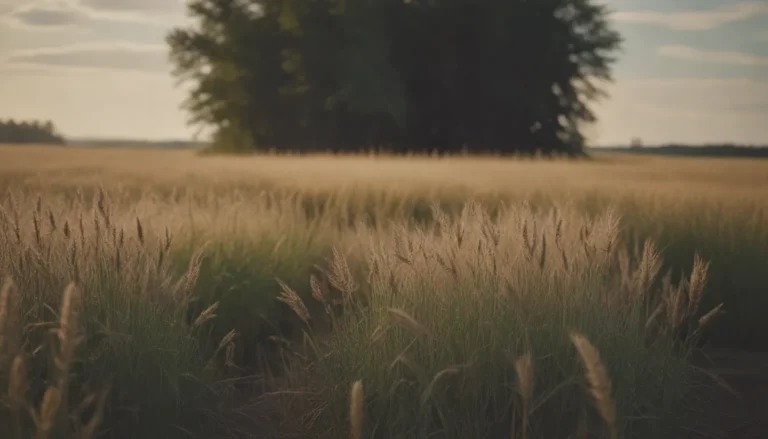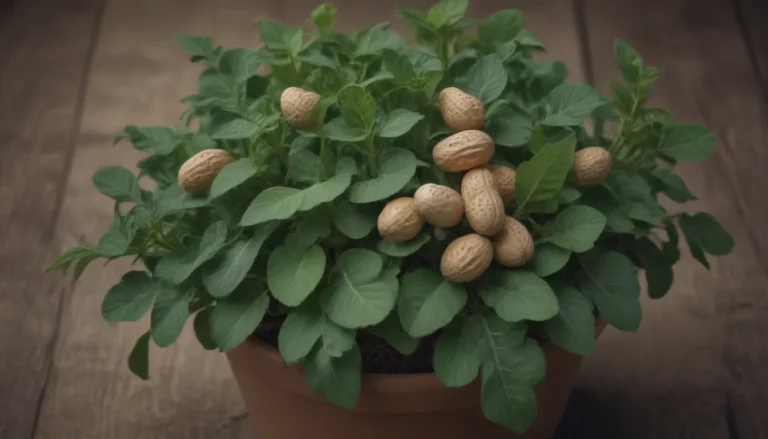Mastering the Art of Growing and Caring for Phlox
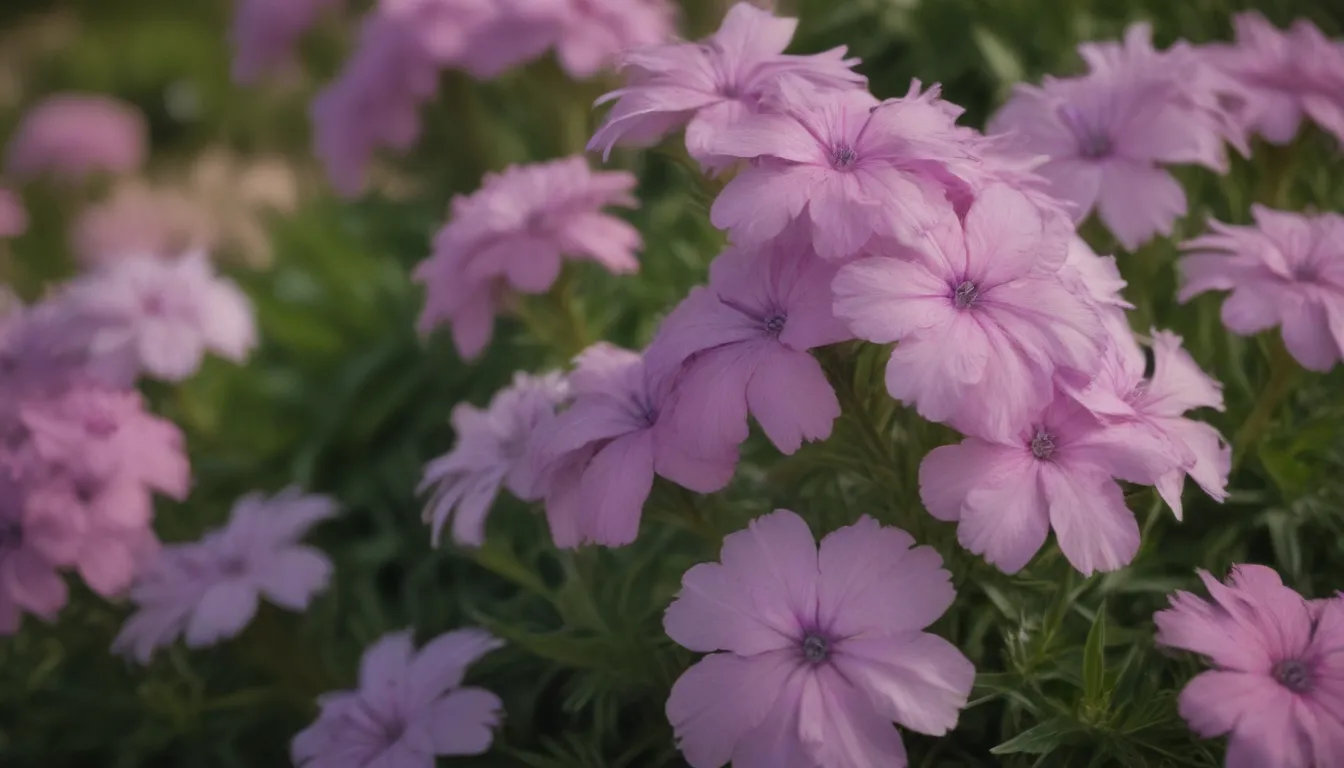
Phlox plants are a beloved addition to any garden, offering a burst of color with their vibrant blooms. With nearly 70 different species to choose from, ranging from creeping varieties to tall showstoppers, there is a phlox plant for every kind of garden. In this comprehensive guide, we will delve into the world of phlox and explore everything you need to know to successfully grow and care for these beautiful flowers.
Understanding Phlox Care
Phlox plants, though diverse in their types and colors, share some common care requirements. By following these basic care tips, you can ensure that your phlox plants thrive in your garden:
Light
- Most phlox plants thrive in partial sunlight, although they can also tolerate full sunlight.
- Woodland phlox, on the other hand, prefer partial to full shade.
Soil
- Phlox plants require well-drained soil that is rich in compost.
- The soil should be slightly acidic to neutral for optimal growth.
Water
- Water your phlox plants at the base to prevent mildew formation on the leaves.
- While phlox plants are somewhat drought-tolerant, they need regular watering during their blooming season.
Temperature and Humidity
- Tall phlox plants may wilt on hot summer days. Water them at the base to revive them.
- Ensure adequate air circulation to prevent powdery mildew, a common issue with phlox plants.
Fertilizer
- While phlox plants typically do not require fertilizer, adding some compost or manure in the fall can benefit tall and woodland varieties.
Exploring the Different Types of Phlox
Phlox plants come in various forms, each with its unique characteristics and growing requirements. Here are some popular types of phlox you may encounter in your garden:
Moss Phlox (Phlox sublata)
- Also known as creeping phlox, this variety forms a mat of spiky leaves covered in flowers in mid-spring.
- Moss phlox comes in a range of colors and works well in rock gardens and along paths.
Creeping Phlox (Phlox stolonifera)
- Similar to moss phlox but can thrive in partial shade.
- Popular cultivars include ‘Blue Ridge’ and ‘Sherwood Purple’.
Woodland Phlox (Phlox divaricata)
- Shade-loving flowers that bloom early in spring.
- Common cultivars include ‘Blue Moon’ and ‘Chattahoochee’.
Annual Phlox (Phlox drummondii)
- Small colorful annuals that bloom continuously all summer.
- Ideal for container plantings.
Wild Phlox (Phlox maculata)
- Grow freely in meadows and provide delicate color in the spring landscape.
- Available in pale pinks and purples.
Tall Phlox (Phlox paniculata)
- Form cone-shaped clusters of flowers in various colors.
- Well-loved cultivars include ‘David’, ‘Eva Callum’, and ‘Bright Eyes’.
Pruning and Propagating Phlox
Proper pruning and propagating techniques can help your phlox plants thrive and bloom abundantly. Here are some tips for maintaining your phlox plants:
Pruning
- Deadhead spent blooms to encourage more flowers.
- Trim back phlox plants after the blooming season to promote new growth.
Propagating
- Phlox plants are easy to propagate through divisions or cuttings.
- Divide the roots in fall and replant as desired in your garden.
Overwintering and Common Pests
Phlox plants are cold-hardy and do not require special overwintering care. However, they can be susceptible to pests and diseases. Here are some tips for protecting your phlox plants:
- Top dress with compost or mulch in the fall to protect the roots.
- Use natural repellents to deter wildlife pests like rabbits and deer.
- Prevent powdery mildew by ensuring adequate air circulation and watering at the base of the plant.
Ensuring Abundant Blooms
Phlox plants are prolific bloomers, but certain factors can affect their bloom output. Here are some tips to help your phlox plants bloom vigorously:
- Provide adequate sunlight for sun-loving varieties.
- Trim and deadhead your plants to encourage new growth.
- Divide large or overgrown plants to promote healthy bud and flower production.
Blooming Months
- Moss phlox typically start blooming in May, while tall phlox may bloom from late June to July.
- Choose varieties that bloom at different times to extend the blooming season.
By following these tips and guidelines, you can enjoy a bountiful display of phlox blooms in your garden. With their array of colors and varieties, phlox plants are sure to add beauty and charm to your outdoor space. Happy gardening!

